Have you ever wondered what happens when a cat finally feels safe, cherished, and truly at home? The transformation can be downright magical. Many people think cats are mysterious or aloof, but the truth is, when you give a cat an emotionally safe environment, their personalities bloom in ways you might never expect. From silly zoomies to soulful stares, cats in secure homes reveal sides of themselves that can tug at your heartstrings or make you laugh until you cry. Let’s dive into the enchanting world of feline behavior and discover the 10 heartwarming things cats do only when they know, deep down, that they are truly safe.
Slow Blinking with Complete Trust

One of the most touching signs that a cat feels utterly secure is the famous slow blink. When a cat gazes at you and then slowly closes and opens their eyes, it’s like they’re giving you a gentle kiss from across the room. This gesture isn’t just adorable—it’s a powerful form of feline communication. Slow blinking is your cat’s way of saying, “I trust you.” In the wild, a cat would never close its eyes around someone it didn’t trust. So, if your furry friend gives you these lazy, loving blinks, know that you’ve earned a special place in their heart. Try slow blinking back—some cats will “reply” with their own eye kisses.
Showing Their Belly Without Hesitation

A cat’s belly is the ultimate vulnerable spot. When they flop onto their back and show it off, it’s a sign that they feel safe, relaxed, and completely at ease in your presence. Not every cat wants belly rubs, but the very act of exposing this delicate area means your cat doesn’t feel threatened. It’s like a personal invitation: “Look how much I trust you!” In a home where cats feel unsure or on edge, you’ll almost never see this behavior. But in emotionally safe homes, a sunbathing belly-up kitty is a common—and delightful—sight.
Vocalizing with Confidence
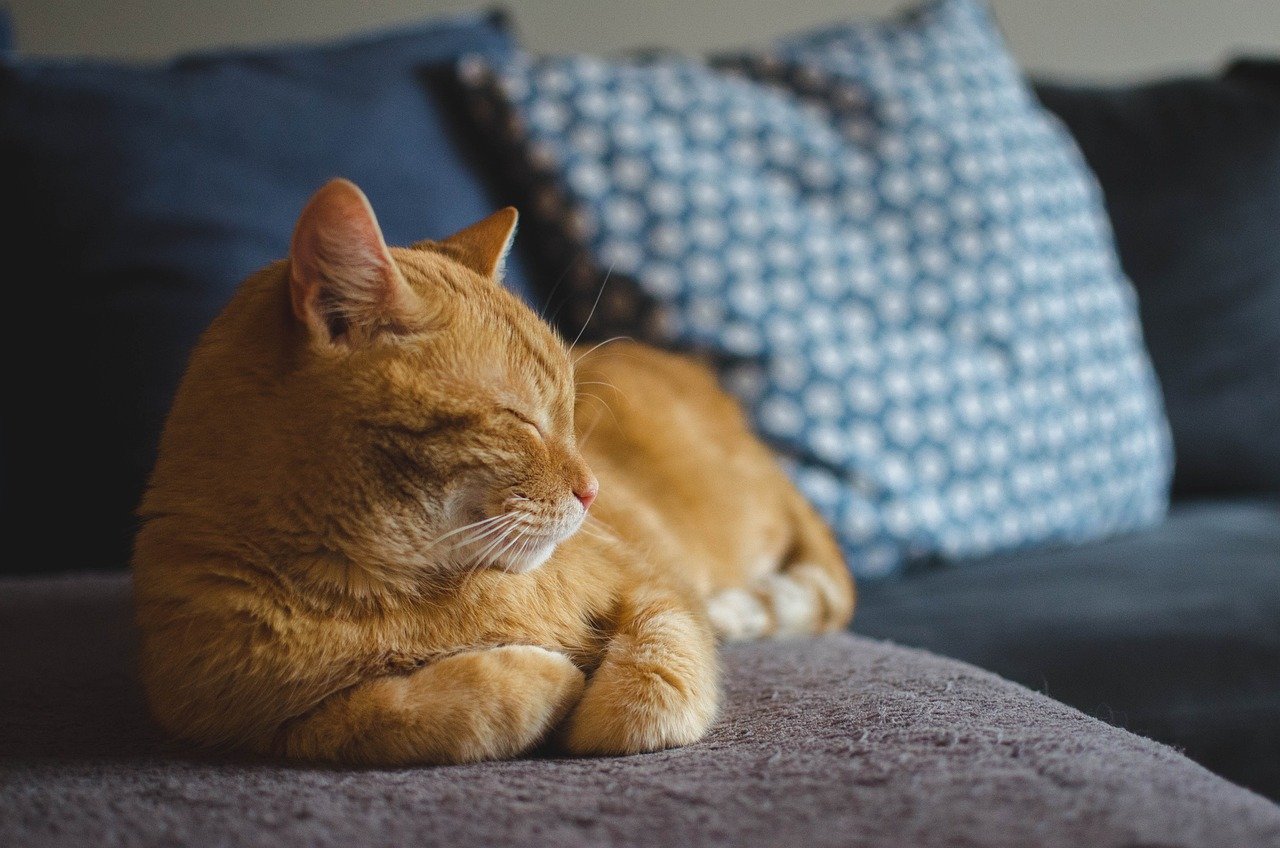
Cats have a whole vocabulary of meows, trills, chirps, and purrs. When a cat feels emotionally secure, they’re much more likely to “talk” to their humans. You might notice your cat greeting you at the door with a happy meow, or carrying on a whole conversation as you cook dinner. Confident cats feel free to express their needs, their moods, and even their joy. In fact, some cats develop unique “words” that only their favorite humans understand, turning daily life into a private dialogue full of inside jokes and funny sounds.
Bringing You “Gifts”

As odd as it may seem, when a cat brings you a toy, a leaf, or even the occasional (unfortunate) bug, it’s a sign of deep trust and affection. In the wild, cats bring prey back to share with the family. When your indoor cat presents you with a favorite mouse toy or a fuzzy ball, they’re including you in their inner circle. This behavior is much more common in homes where cats feel emotionally safe and appreciated. So next time you find a toy at your feet, try to see it as a heartfelt “thank you” from your feline friend.
Following You from Room to Room

Some people say cats are independent, but emotionally safe cats often turn into adorable little shadows. If your cat follows you everywhere—from the bathroom to the kitchen and back again—it’s not just curiosity. They feel so comfortable and attached to you that they want to be part of whatever you’re doing. This behavior shows that your presence is a source of comfort. It’s their way of saying, “You’re my person, and I want to be with you.” In a safe and loving home, this gentle companionship becomes a daily ritual.
Initiating Play and Zoomies

Play is a big deal for cats, especially when they feel truly safe. In a secure home, you might see your cat darting around in sudden bursts of energy, chasing imaginary prey, or pouncing on toys with wild enthusiasm. These “zoomies” are more than just funny to watch—they’re a sign your cat feels free to let loose. Playful behavior keeps cats healthy, both physically and emotionally. When cats initiate play with you or sprint through the house at full speed, it’s a clear sign they feel completely at home.
Kneading and Making “Biscuits”
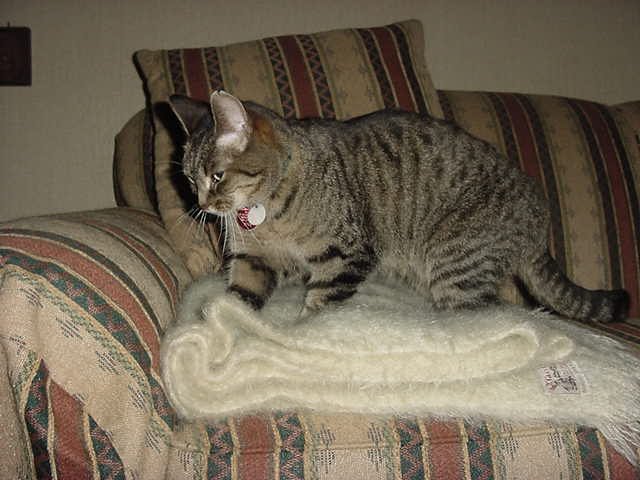
That rhythmic motion of pressing their paws into soft surfaces—often called “making biscuits”—is a leftover behavior from kittenhood. Cats knead their mothers to stimulate milk flow, but adult cats only do this when they feel extremely safe and content. If your cat kneads your lap, a cozy blanket, or even your stomach, it’s a heart-melting sign that they associate you with comfort and warmth. Some cats even purr or drool while kneading, letting you know just how happy and secure they feel.
Sleeping in the Open

Cats are experts at finding secluded napping spots. However, when they feel completely safe, they’ll often sleep right out in the open—on the couch, the bed, or even the middle of the floor. This behavior is a sign of deep trust. A cat that’s curled up in plain sight feels no need to hide or protect itself. In emotionally safe homes, it’s common to find cats snoozing in the oddest, most vulnerable positions, blissfully unaware of anything but their own comfort.
Grooming Themselves and You

Grooming is a big part of a cat’s daily routine, but it’s also a social activity. In a safe home, cats not only keep themselves spotless but may also groom you, other pets, or even favorite toys. This behavior is called allogrooming, and it’s a way of bonding. If your cat licks your hand, hair, or face, they’re treating you like family. Mutual grooming is a sure sign of trust and affection, and it often leads to stronger bonds between cats and their humans.
Rubbing Their Head or Body Against You
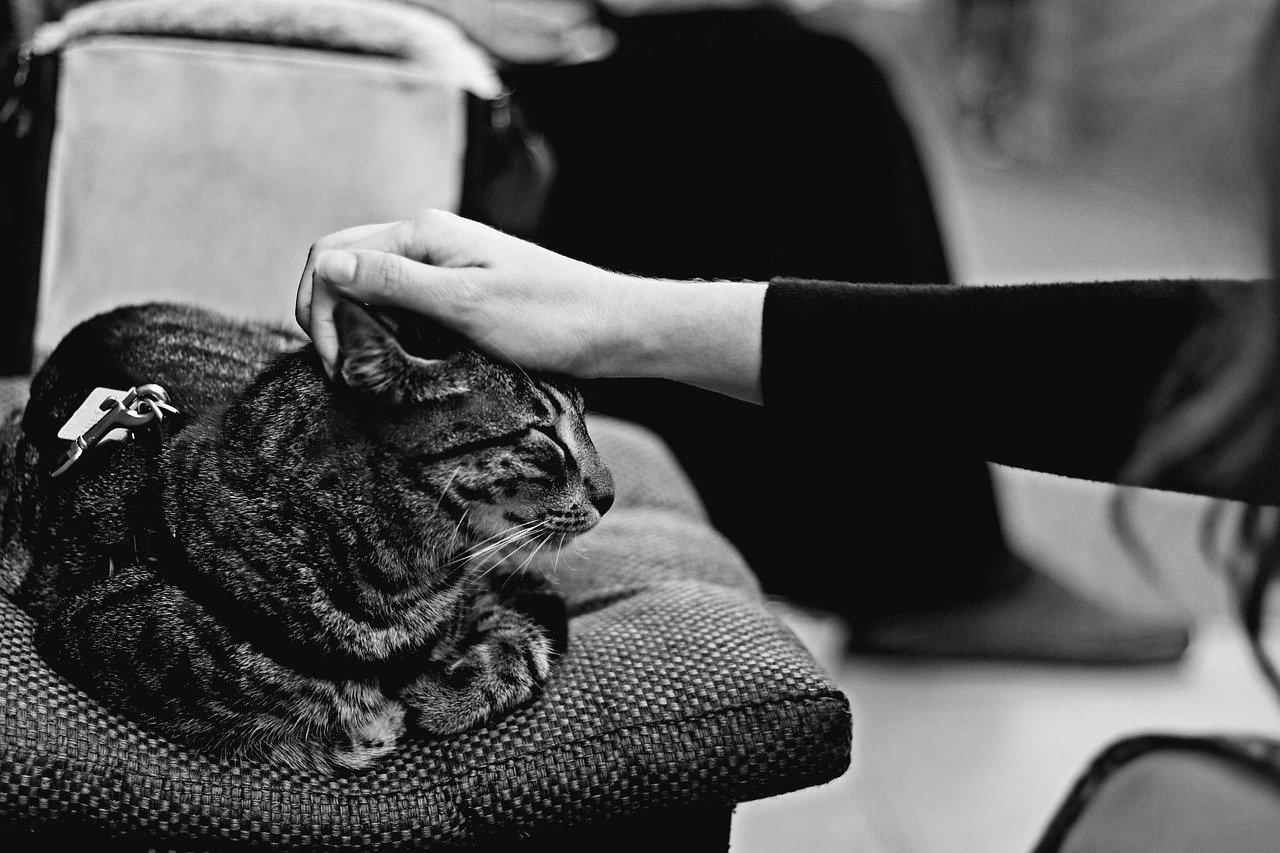
Cats have scent glands on their heads, cheeks, and bodies. When they rub against you, they’re marking you as part of their territory—a sign of love, not possession. This behavior, known as bunting, is only seen when cats feel safe, relaxed, and confident in their home. It’s their way of saying, “You belong to me, and I belong to you.” If your cat regularly headbutts you or twines around your legs, consider yourself a cherished part of their world.
Chirping at Birds and Squirrels
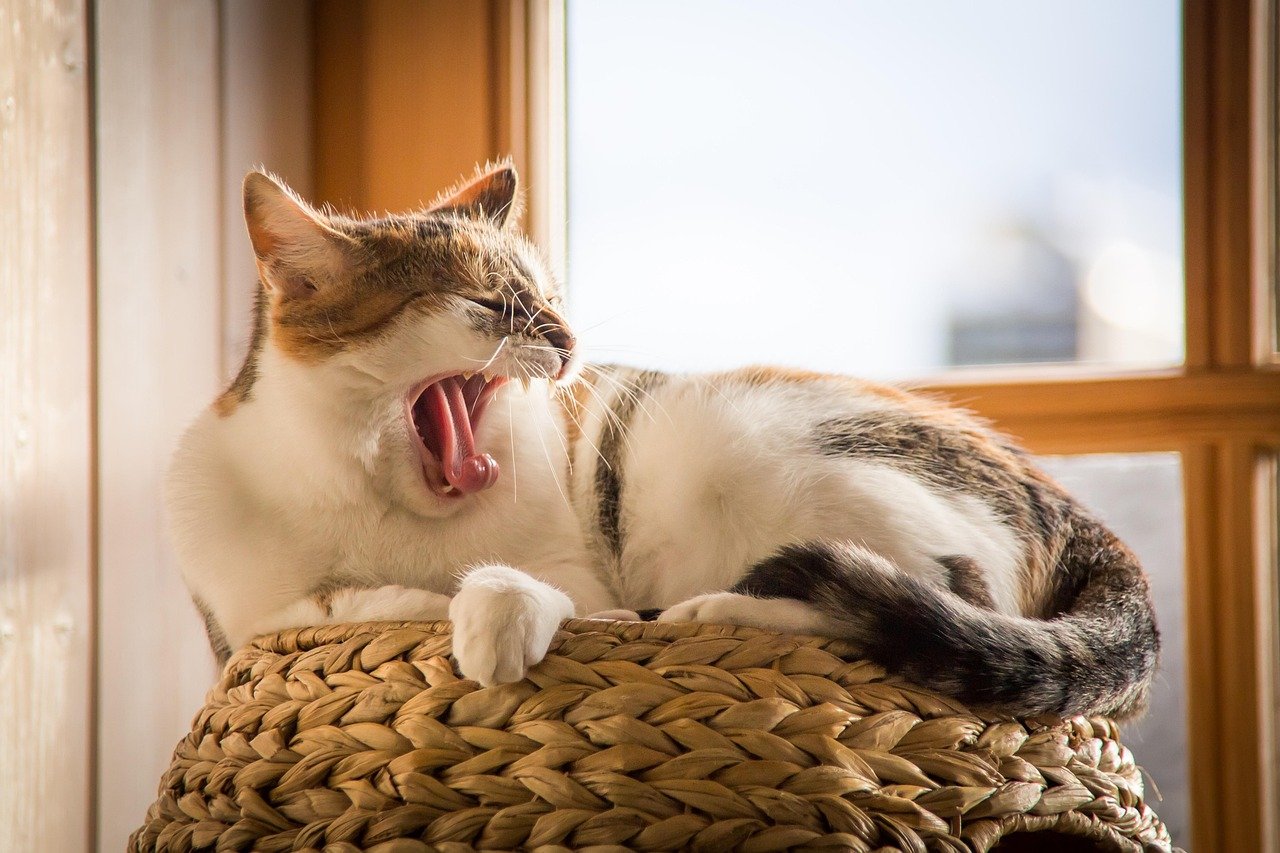
If you’ve ever heard your cat make a strange chattering or chirping sound while watching birds from the window, you’ve witnessed a behavior that only emerges when cats feel secure. This vocalization is part excitement, part frustration, and all playfulness. Cats in emotionally safe homes feel comfortable enough to express this hunting instinct openly. They’ll sit at the window, tails twitching, eyes wide, and “chat” with the wildlife outside, completely absorbed in the moment.
Seeking Out Cuddles on Their Terms
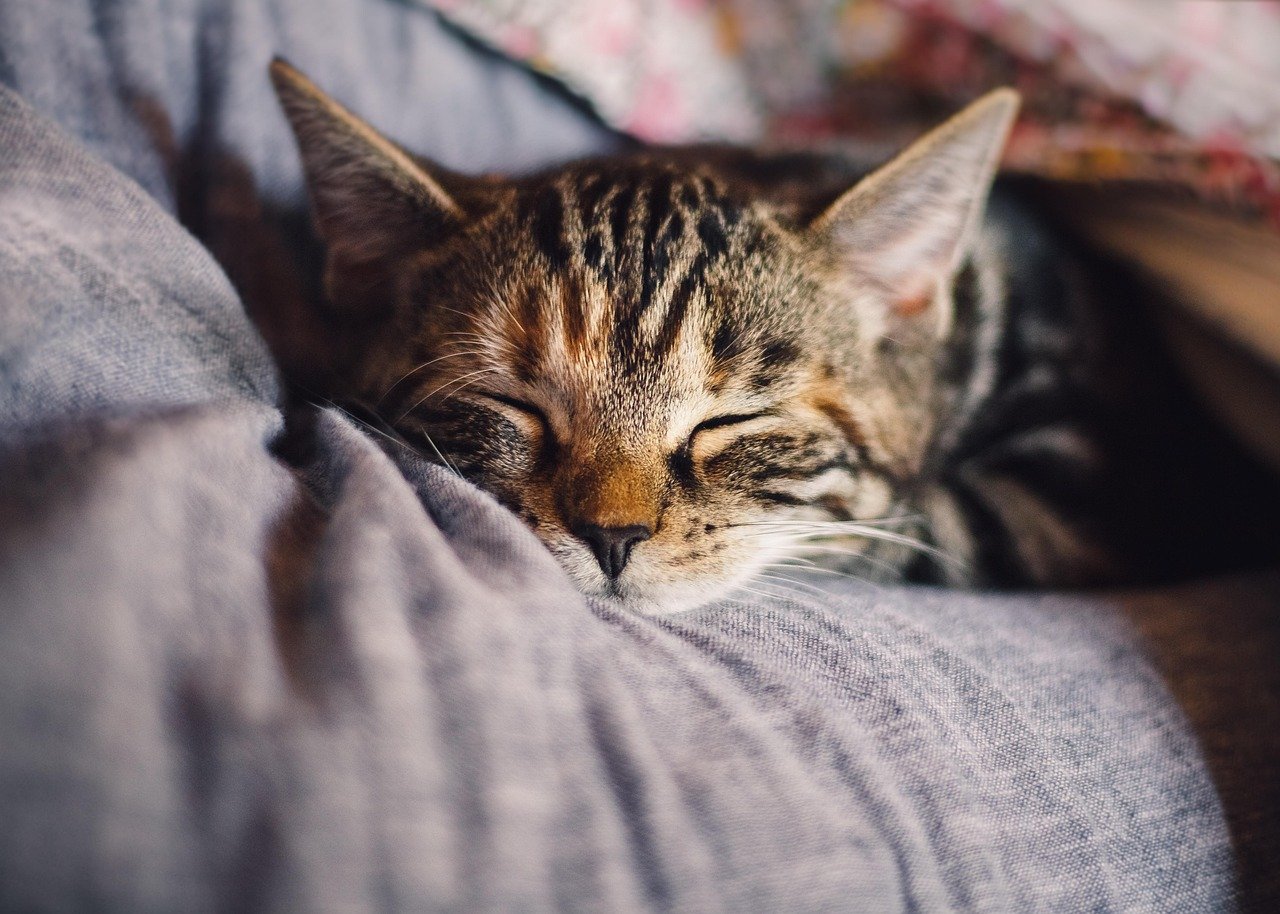
While not all cats are lap cats, those who feel emotionally safe often initiate cuddling sessions. They’ll climb onto your lap, snuggle into your arms, or curl up beside you on the bed. The key is that they seek out closeness when they want it, and they trust you to respect their boundaries. In a secure home, cats feel empowered to show affection—and to walk away when they’ve had enough. This balance of closeness and independence is a hallmark of a happy, healthy cat.
Chirruping Greetings When You Arrive
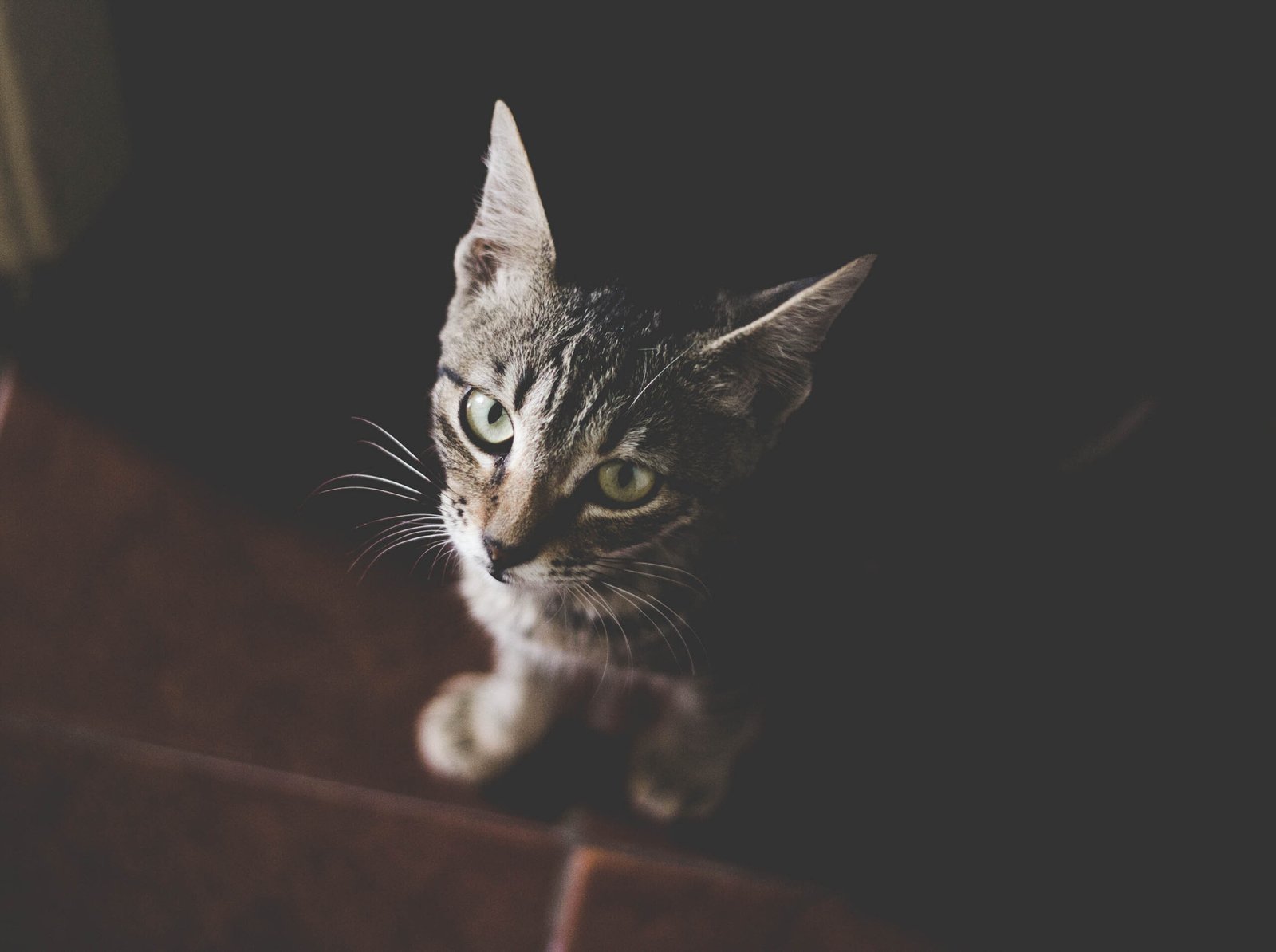
Some cats develop a unique trilling or chirruping sound to greet their favorite humans. This endearing vocalization is often accompanied by tail wags or playful hops. It’s a greeting reserved for those they feel truly safe with. When your cat meets you at the door, chirrups, and rubs against your legs, it’s their way of welcoming you back into their world. This behavior is a clear indicator of emotional security and a deep bond with their home and family.
Bravery When Meeting New People
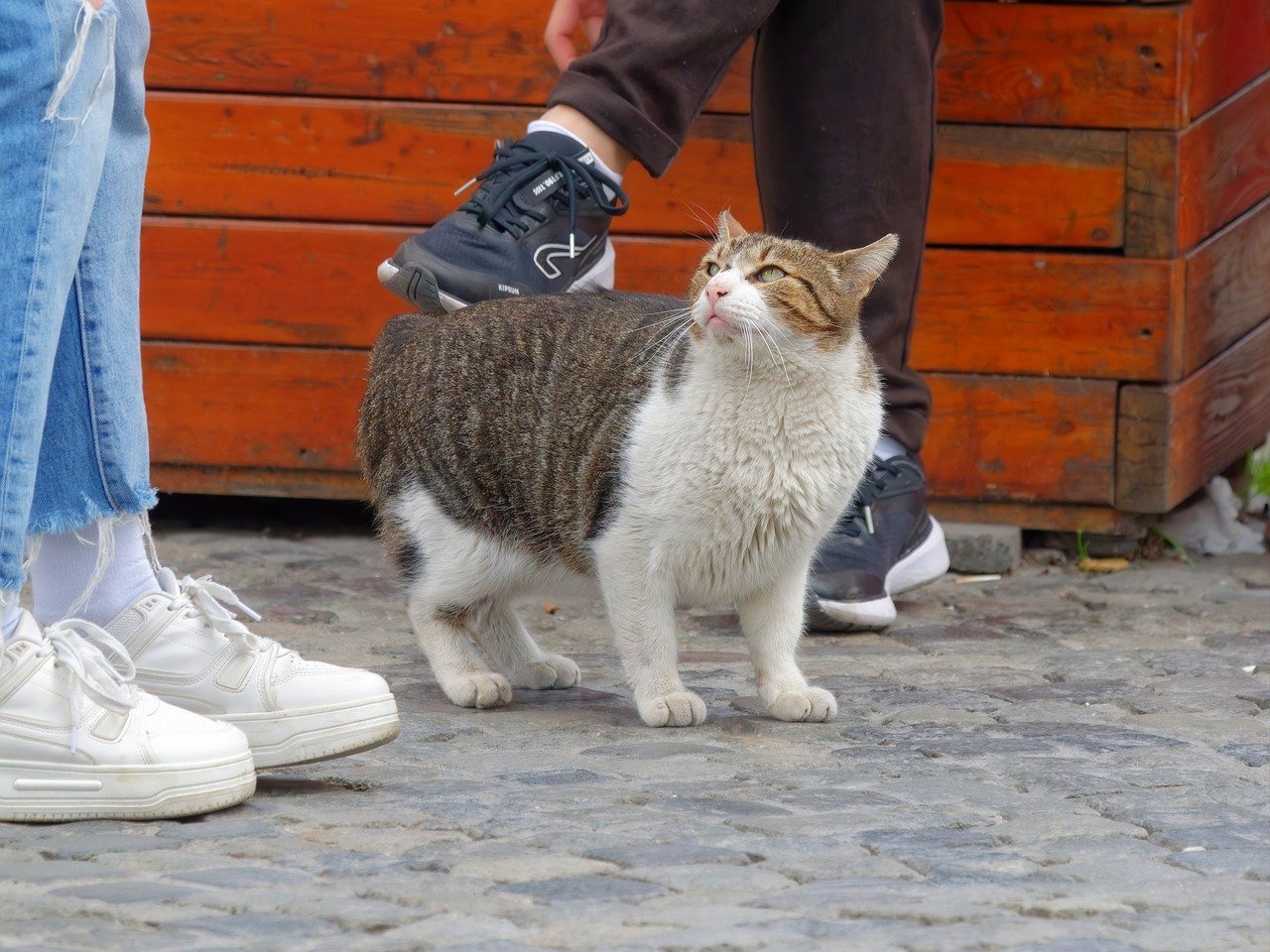
Cats that feel safe at home are much more likely to come out and investigate when guests arrive. Instead of hiding under the bed, they may approach new people with curiosity, sniffing shoes or accepting a gentle pet. This bravery doesn’t mean they’re fearless—it means they trust their environment and believe nothing bad will happen. When you see your cat confidently mingling with visitors, it’s a testament to how secure they feel in their home.
Using the Litter Box Consistently
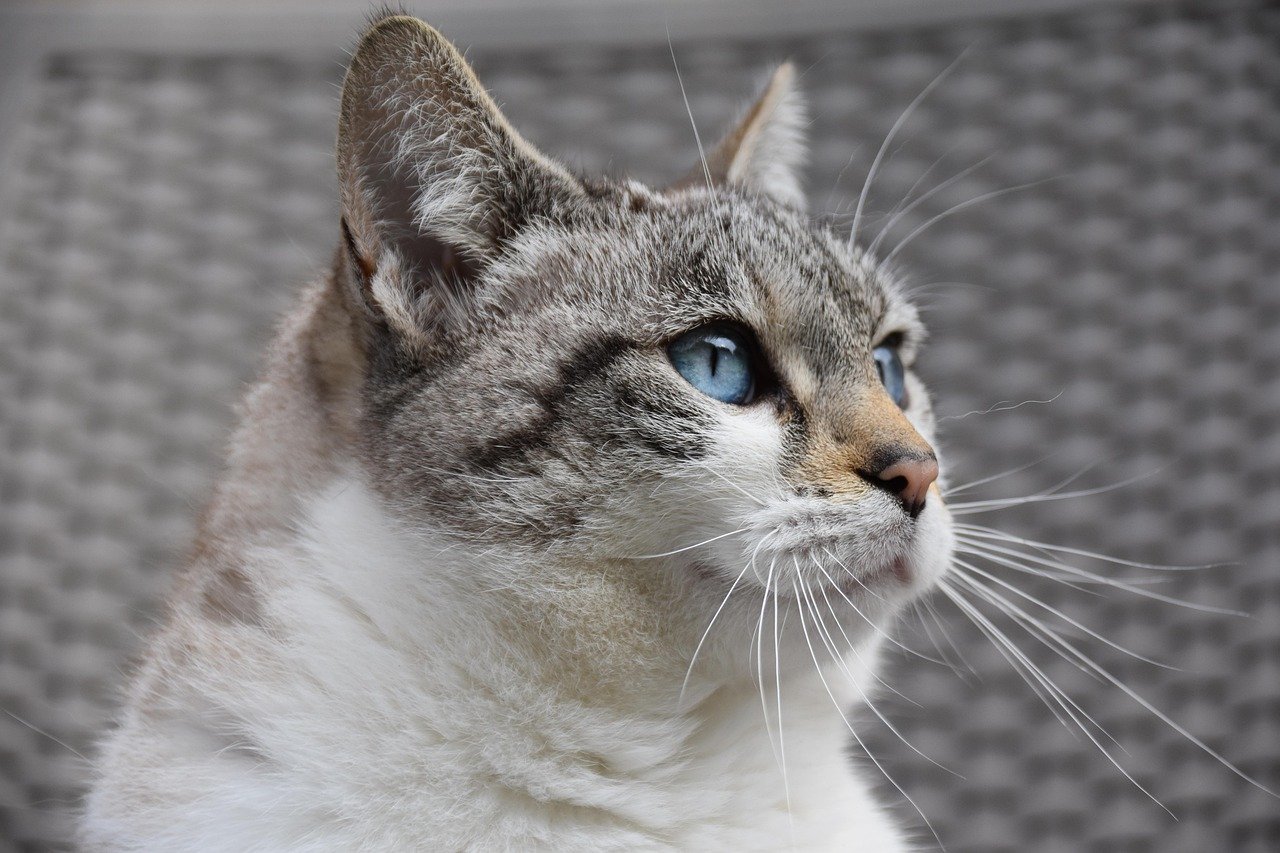
Believe it or not, good litter box habits are a sign your cat feels safe. Stress or insecurity can cause cats to avoid the box or have accidents. In a secure home, cats use their litter box faithfully and comfortably. They know their space is respected, and their needs are met. Clean, consistent litter box use is often overlooked, but it’s a subtle sign of a content and emotionally healthy cat.
Displaying Playful Aggression

A little gentle biting, bunny kicking, or swatting during playtime is actually a positive sign—when done in a controlled, non-threatening way. Cats in safe homes feel comfortable enough to play “rough” without fear. They trust you to understand their boundaries and to stop the game if it gets too intense. This playful aggression is healthy and helps cats burn off energy while strengthening their bond with you.
Chattering or Talking to Themselves

Safe, happy cats sometimes “talk” to themselves or to their toys. You might notice your cat making odd little noises while batting at a mouse or carrying around a favorite ball. This vocal play is a sign of mental stimulation and emotional well-being. Cats that feel anxious or threatened are usually much quieter, reserving their energy for vigilance rather than fun. If your cat holds conversations with their toys, it’s a clear sign they’re comfortable in their world.
Purring in Unexpected Moments
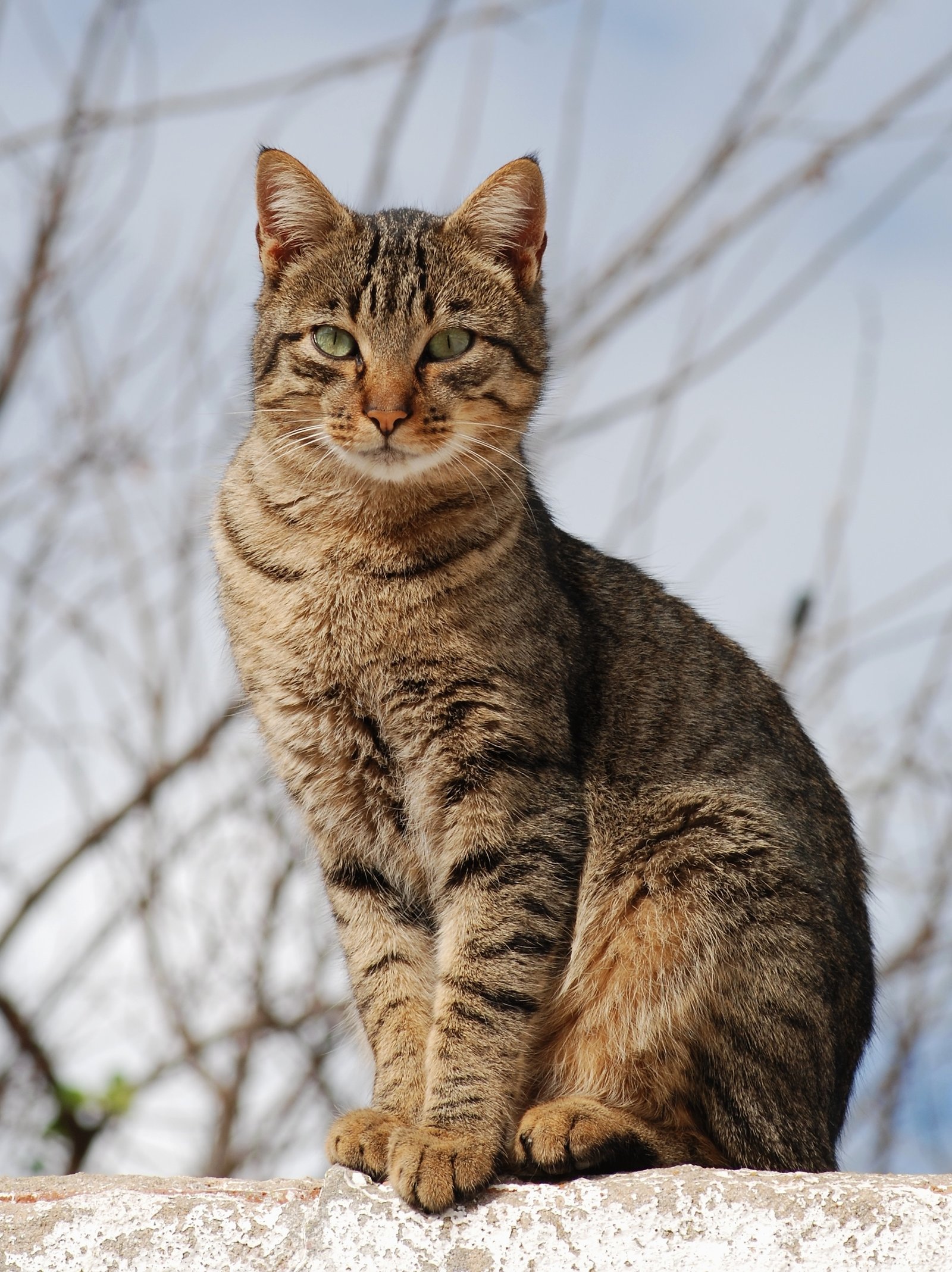
While purring is often associated with contentment, cats also purr to soothe themselves in times of stress. However, in emotionally safe homes, you’ll notice purring breaks out during the happiest, most peaceful moments—lounging in the sun, snuggling with you, or even just stretching on a favorite blanket. The purr becomes a background melody to daily life, a constant reminder of your cat’s comfort and trust.
Mirroring Your Moods

Cats are surprisingly sensitive to their humans’ emotions. In safe homes, they often mirror your moods—snuggling close when you’re sad, playing when you’re happy, or quietly sitting nearby when you need company. This emotional attunement is a sign of deep connection. It’s as if your cat is saying, “I see you, and I’m here with you.” When a cat feels safe, they open themselves up to this beautiful, silent communication.
Relaxed Body Language and Soft Tails

One of the easiest ways to spot a cat who feels safe is to watch their body language. In secure homes, cats move with fluid grace. Their tails are soft and relaxed, their bodies loose, and their postures open. You might see them lounging with limbs stretched out, yawning widely, or rolling onto their backs. Every inch of their body radiates calm and comfort, showing the world just how safe and loved they truly feel.
Trusting Their Humans with Vulnerable Moments
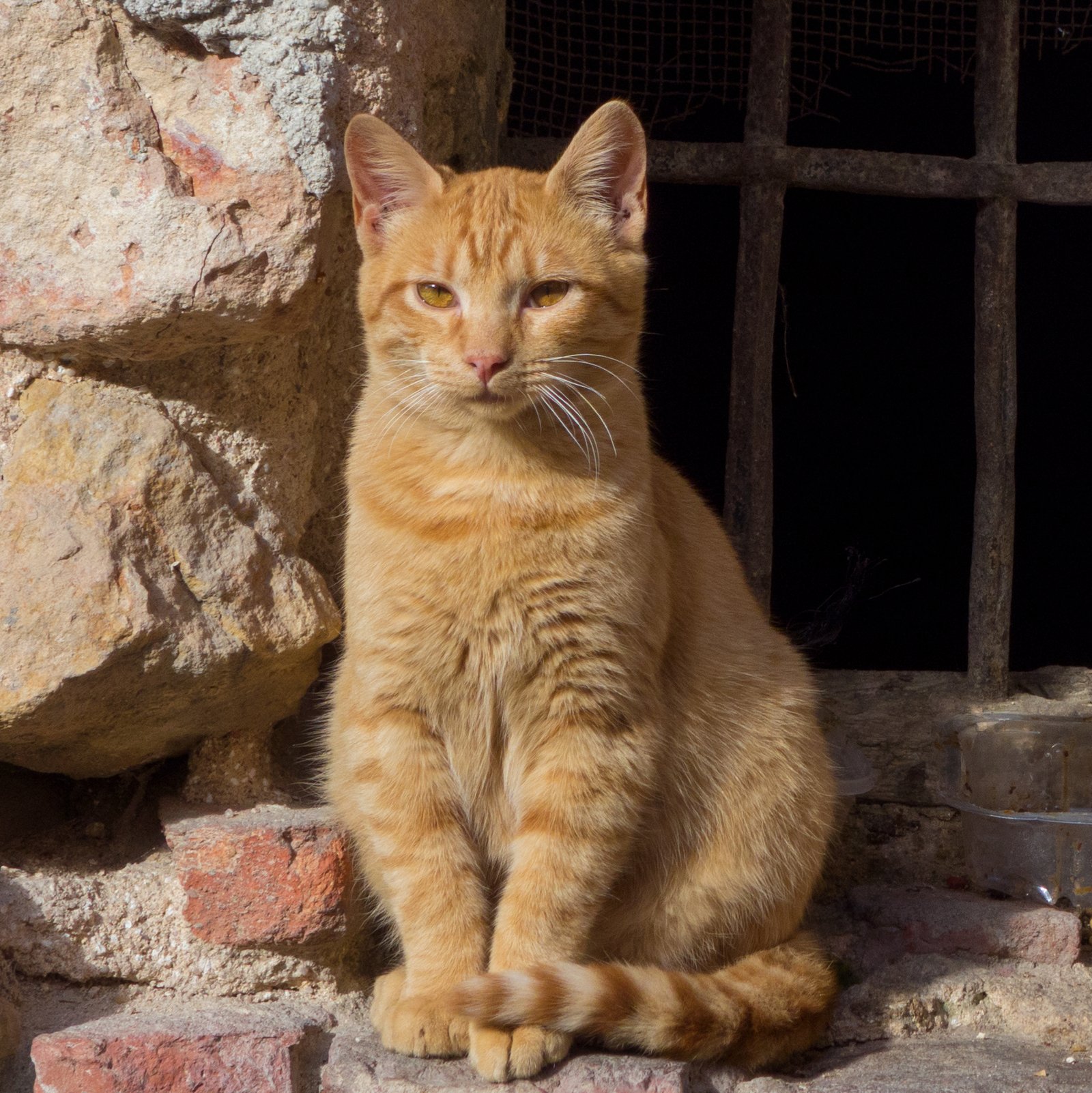
Perhaps the most touching behavior of all is when a cat allows you to be present during their most vulnerable moments. Whether it’s sleeping deeply in your lap, seeking comfort during a thunderstorm, or even asking for help when they’re not feeling well, these moments reveal a level of trust that’s hard to describe. In emotionally safe homes, cats know they can rely on their humans not just for food and shelter, but for love, comfort, and understanding.
Hi, I’m Bola, a passionate writer and creative strategist with a knack for crafting compelling content that educates, inspires, and connects. Over the years, I’ve honed my skills across various writing fields, including content creation, copywriting, online course development, and video scriptwriting.
When I’m not at my desk, you’ll find me exploring new ideas, reading books, or brainstorming creative ways to solve challenges. I believe that words have the power to transform, and I’m here to help you leverage that power for success.
Thanks for stopping by, Keep coming to this website to checkout new articles form me. You’d always love it!






